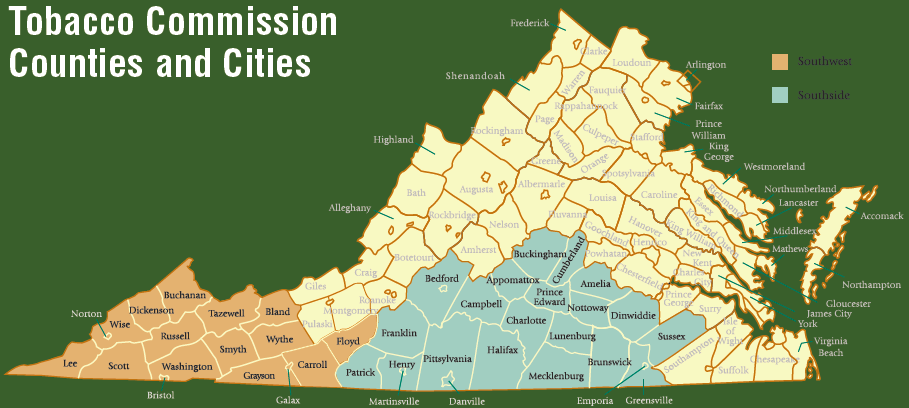
41 tobacco-dependent localities where Tobacco Indemnification and Community Revitalization Commission made investments to revitalize the region
Source: Virginia Tobacco Indemnification and Community Revitalization Commission, 2010 Annual Report

41 tobacco-dependent localities where Tobacco Indemnification and Community Revitalization Commission made investments to revitalize the region
Source: Virginia Tobacco Indemnification and Community Revitalization Commission, 2010 Annual Report
The 1998 Master Settlement Agreement (MSA) between large tobacco manufacturers and the Attorneys General of 46 states led to a major increase in costs to consumers who still choose to smoke or chew, reducing demand for tobacco substantially. The legal agreement requires the tobacco companies to pay over $200 billion during the next 25 years. This settlement resolved numerous lawsuits over health care costs associated with tobacco.
At the last minute, Virginia joined the lawsuit and was awarded over $4 billion. Price increases to cover those costs, and the elimination of more advertising outlets - the Marlboro Man no longer appears on highway billboards - are cutting into cigarette sales and reducing demand for the Virginia crop.
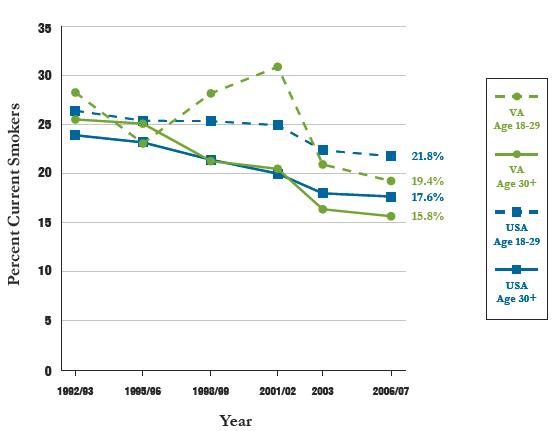
Trends in Cigarette Smoking Among Virginia Adults
Source: Robert Wood Johnson Foundation, Cigarette Smoking Prevalence
and Policies in the 50 States: An Era of Change, p.198
The General Assembly, following Governor Gilmore's recommendation, allocated 10% of that settlement to the Virginia Foundation for Healthy Youth to combat underage tobacco use and childhood obesity, 40% to the Virginia Health Care Fund for the State's Medicaid program, and the remaining 50% to tobacco farmers and their region. Rather than wait for annual payments from the tobacco companies (which are obliged to provide payments in perpetuity), in 2005 Virginia securitized the projected income for the next 25 years.
It raised enough in bond sales to create a $1 billion endowment for a 31-member Tobacco Indemnification and Community Revitalization Commission (TICR). That organization was given responsibility to allocate funding from the tobacco settlement to the individual tobacco growers (nearly 47,000 filed for payments through 2011) plus roads, education, or a variety of economic revitalization initiatives in "tobacco-dependent" communities of Virginia.
The commission defined 41 "tobacco-dependent" communities, with 24 localities in Southside and 17 localities in Southwest Virginia.
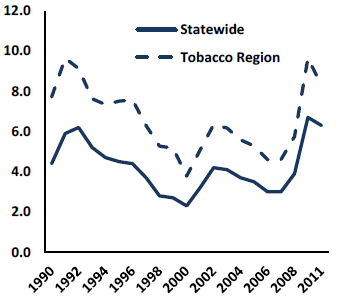
Virginia's tobacco-dependent communities traditionally have higher-than-average unemployment rates
Source: Joint Legislative Audit and Review Commission (JLARC) Review of the
Tobacco Indemnification and Community Revitalization Commission (June 2011)
The eligible localities were defined based on 1998 tobacco production levels, excluding other jurisdictions nearby that also had relatively high unemployment, low incomes, and slow population growth. After 2012, when the last of the Phase I tobacco grower indemnification payments are distributed, the Tobacco Indemnification and Community Revitalization Commission became just an economic development organization.
Between 2000-2011, the commission created nine separate funding programs and awarded $756 million via over 1,300 grants, some for less than $25,000 (such as $15,000 for a walking track at Hayters Gap Community Center in Washington County). The biggest grant to date has been $25 million, to create the King College Medical School in Washington County.
Revitalization projects were chosen through a political process that was allowed for fraud (The state Secretary of Finance, John S. Forbes, ended up in jail) and poor project selection without coordination with the four primary state economic development agencies - Virginia Economic Development Partnership (VEDP), Virginia Department of Housing and Community Development (DHCD), Virginia Department of Business Assistance (DBA), and the Virginia Tourism Corporation (VTC).
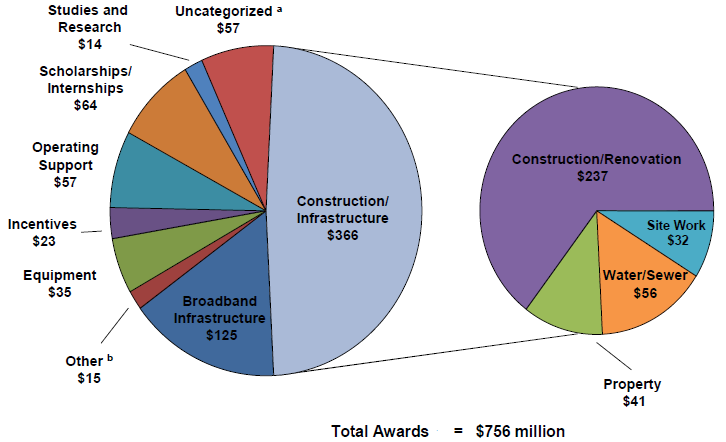
Tobacco Indemnification and Community Revitalization Commission revitalization grants through 2010,
including over 1,000 miles of high-speed Internet cable
Source: Joint Legislative Audit and Review Commission (JLARC) Review of the Tobacco Indemnification and Community Revitalization Commission
According to the state's legislative oversight agency in a 2011 audit:1
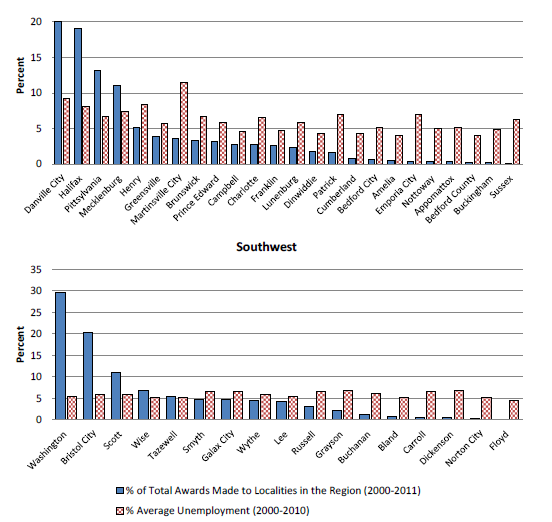
commission grants vs. unemployment rates in jurisdictions
Source: Joint Legislative Audit and Review Commission (JLARC) Review of the
Tobacco Indemnification and Community Revitalization Commission (June 2011)
Maryland used some of the $4 billion it received from the tobacco settlement to pay farmers to convert to other crops, getting Maryland farmers out of the tobacco growing business after 370 years. The state is paying $1/pound for farmers to grow something else, such as vegetables. Tobacco sold for less that $2/pound in 1999, but even with the state subsidy it was still a challenge for farmers to make the same profit per acre on lower-valued crops.
In addition to the Master Settlement lawsuit funding distributed by the Virginia Tobacco Indemnification and Community Revitalization Commission, tobacco farmers also received compensation under the Fair and Equitable Tobacco Reform Act of 2004. Between 1938-2005, tobacco could only be grown by farmers with authorization from the Federal government. The "market orders" were created by the Agricultural Adjustment Act of 1938, to help manage supply and ensure steady income during the Great Depression.
Funds for the payments ($7/pound to quota owners, $3/pound to producers, or $10/pound for farmers who still owned their quota) came from tobacco manufacturers and importers, based on an individual company's share of the market. Payments through 2011 mitigated the lost potential profits from future crops that will not be grown and sold over the next 25 years, smoothing the transition to a free market.2
Why didn't Virginia follow the Maryland example, and use the $4 billion payment to steer farmers completely away from growing tobacco? Maryland's commitment of $1/pound to farmers for 10 years will cost the state only $15 million annually from the $4 billion settlement. Virginia will receive essentially the same settlement income, $4 billion, but the annual production of tobacco in Virginia is much higher. In addition to the cultural support for growing the traditional crop, a "permanent buy out" so Virginia tobacco farmers never grew tobacco again would have exceeded the funding available from the tobacco settlement.
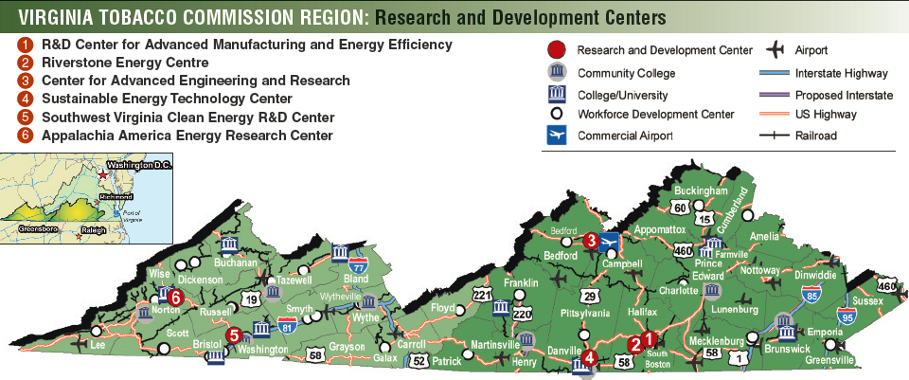
research and development centers in 41 tobacco-dependent localities
Source: Virginia Tobacco Indemnification and Community Revitalization Commission 2010 Annual Report
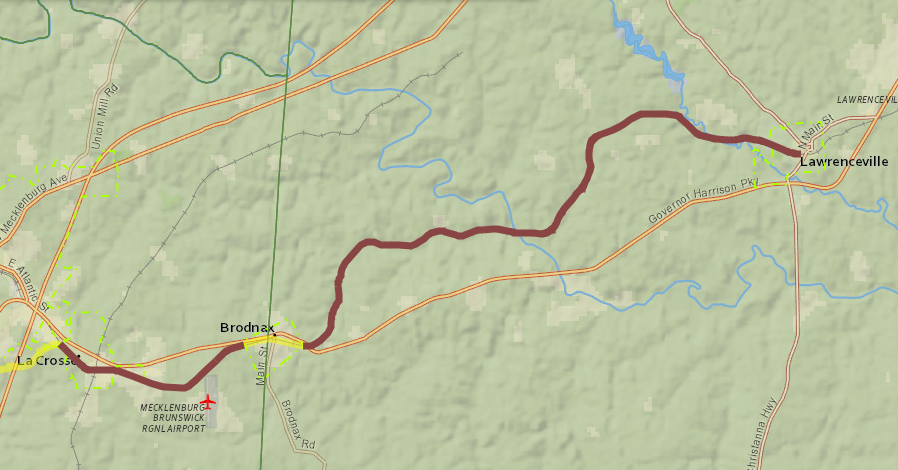
tobacco settlement funds helped convert the former Atlantic & Danville Railroad right-of-way into a tourism attraction
Source: Southside Planning District Commission, Tobacco Heritage Trail
1. Joint Legislative Audit and Review Commission (JLARC), "Review of the Tobacco Indemnification and Community Revitalization Commission" June 2011, pp.i-iv http://jlarc.state.va.us/reports/Rpt412.pdf (last checked October 30, 2011)
2. Hayley Boriss and Marcia Kreith, "Tobacco Profile," Agricultural Marketing Resource Center, http://www.agmrc.org/commodities__products/specialty_crops/tobacco_profile.cfm (last checked October 30, 2011)
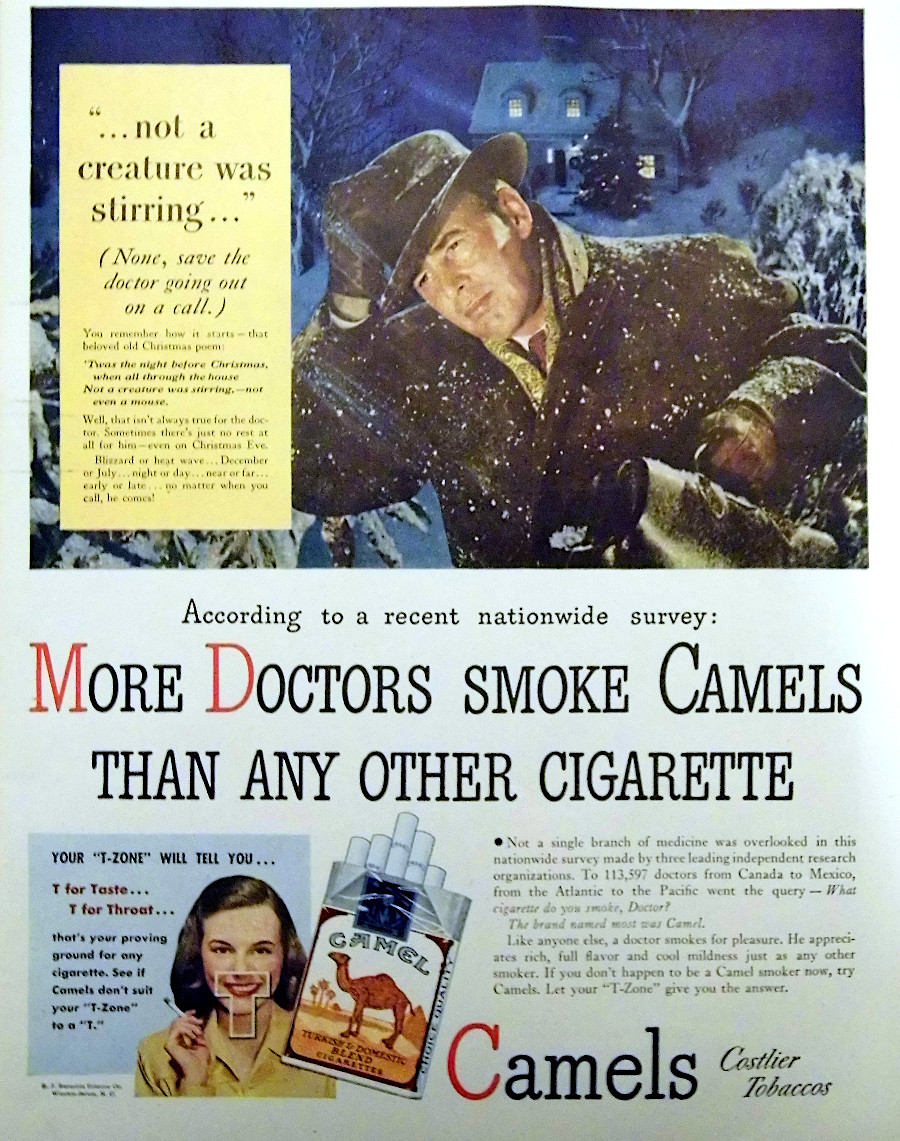
tobacco companies disputed the claim that smoking was unhealthy
Source: Joe Haupt, Tobacciana Advertising: Life Magazine Ad for Camel Cigarettes "More Doctors Smoke Camels Than Any Other Cigarette", December 16, 1946